ACONINE
- CAS NO.:509-20-6
- Empirical Formula: C25H41NO9
- Molecular Weight: 499.6
- MDL number: MFCD01673464
- SAFETY DATA SHEET (SDS)
- Update Date: 2023-08-24 17:20:48
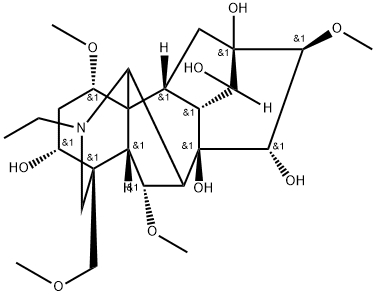
What is ACONINE?
Description
Aconine is an alkaloid originally isolated from Aconitum species and active metabolite of aconitine. It inhibits osteoclast differentiation of RANKL-stimulated RAW 264.7 cells and bone resorption in a pit formation assay in a concentration-dependent manner. Aconine also inhibits RANKL-induced activation of NF-κB and NFATc1 in RAW 264.7 cells. In vivo, aconine is toxic to mice when administered intravenously at a dose of 120 mg/kg. It induces flaccid paralysis and toxicity in rats with toxic dose (TD50) and LD50 values of 1.5 and 1.7 μmol per animal, respectively.
The Uses of ACONINE
Aconine is a derivative of Aconitine (A189875), a neurotoxin which activates tetrodotoxin-sensitive Na+ channels, inducing presynaptic depolarization, thus blocking the nerve action potential which, in turn, blocks the release of neurotransmitters and decreases the end plate potential at the neuromuscular junction.
Definition
ChEBI: Aconine is a diterpene alkaloid with formula C25H41NO9 that is isolated from several Aconitum species. It has a role as a plant metabolite, a human urinary metabolite, a NF-kappaB inhibitor and a xenobiotic. It is a bridged compound, a diterpene alkaloid, an organic heteropolycyclic compound, a polyether, a tertiary amino compound, a pentol, a secondary alcohol and a tertiary alcohol. It derives from a hydride of an aconitane.
Properties of ACONINE
| Melting point: | 129-131℃ |
| Boiling point: | 590.79°C (rough estimate) |
| alpha | D +23° |
| Density | 1.42 |
| refractive index | 1.6000 (estimate) |
| storage temp. | -20°C Freezer |
| solubility | Chloroform (Slightly), DMSO (Slightly) |
| form | Solid |
| pka | 9.52(at 25℃) |
| color | Off-White to Pale Yellow |
Safety information for ACONINE
Computed Descriptors for ACONINE
New Products
Tert-butyl bis(2-chloroethyl)carbamate (S)-3-Aminobutanenitrile hydrochloride N-Boc-D-alaninol N-BOC-D/L-ALANINOL N-octanoyl benzotriazole 4-Hydrazinobenzoic acid 3,4-Dibenzyloxybenzaldehyde 1,1’-CARBONYLDIIMIDAZOLE R-2-BENZYLOXY PROPIONIC ACID 1,1’-CARBONYLDI (1,2-4 TRIAZOLE) 4-HYDROXY BENZYL ALCOHOL 3-NITRO-2-METHYL ANILINE (2-Hydroxyphenyl)acetonitrile 4-Bromopyrazole 5-BROMO-2CYANO PYRIDINE 5,6-Dimethoxyindanone 5-broMo-2-chloro-N-cyclopentylpyriMidin-4-aMine 4-methoxy-3,5-dinitropyridine 2-(Cyanocyclohexyl)acetic acid 2-aminopropyl benzoate hydrochloride 1-(4-(aminomethyl)benzyl)urea hydrochloride tert-butyl 4- (ureidomethyl)benzylcarbamate diethyl 2-(2-((tertbutoxycarbonyl)amino) ethyl)malonate Ethyl-2-chloro((4-methoxyphenyl)hydrazono)acetateRelated products of tetrahydrofuran
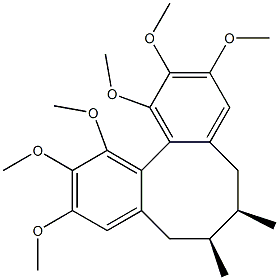
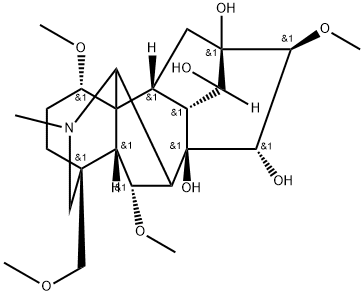
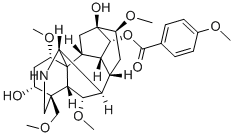
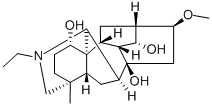
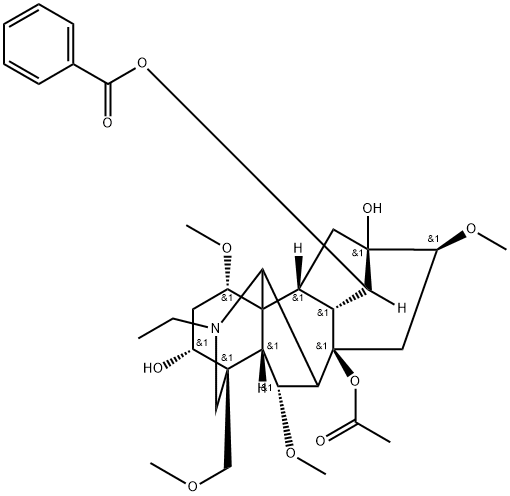
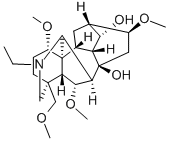
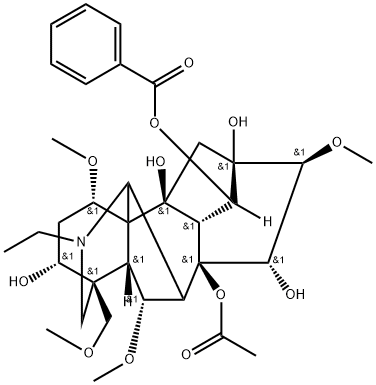
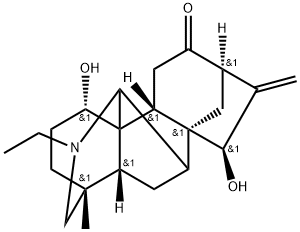
You may like
-
 873-83-6 6-Aminouracil (or) 4-Amino-2,6- dihydroxypyrimidine, (or) 6-Amino2,4-pyrimidinediol 99%View Details
873-83-6 6-Aminouracil (or) 4-Amino-2,6- dihydroxypyrimidine, (or) 6-Amino2,4-pyrimidinediol 99%View Details
873-83-6 -
 55441-95-7 99%View Details
55441-95-7 99%View Details
55441-95-7 -
 N-Vinylformamide 99%View Details
N-Vinylformamide 99%View Details
13162-05-5 -
 Chloro Uracil 1820-81-1 99%View Details
Chloro Uracil 1820-81-1 99%View Details
1820-81-1 -
 207557-35-5 99%View Details
207557-35-5 99%View Details
207557-35-5 -
 2-ethyl-6-methyl-3-hydroxypyridine succinate 99%View Details
2-ethyl-6-methyl-3-hydroxypyridine succinate 99%View Details
127464-43-1 -
 2-ETHYLPYRIDINE 100-71-0 99%View Details
2-ETHYLPYRIDINE 100-71-0 99%View Details
100-71-0 -
 181228-33-1 (S)-Methyl 3-amino-2-((tert-butoxycarbonyl)amino)propanote Hydrochloride (DAP-OMe. HCl) 99%View Details
181228-33-1 (S)-Methyl 3-amino-2-((tert-butoxycarbonyl)amino)propanote Hydrochloride (DAP-OMe. HCl) 99%View Details
181228-33-1